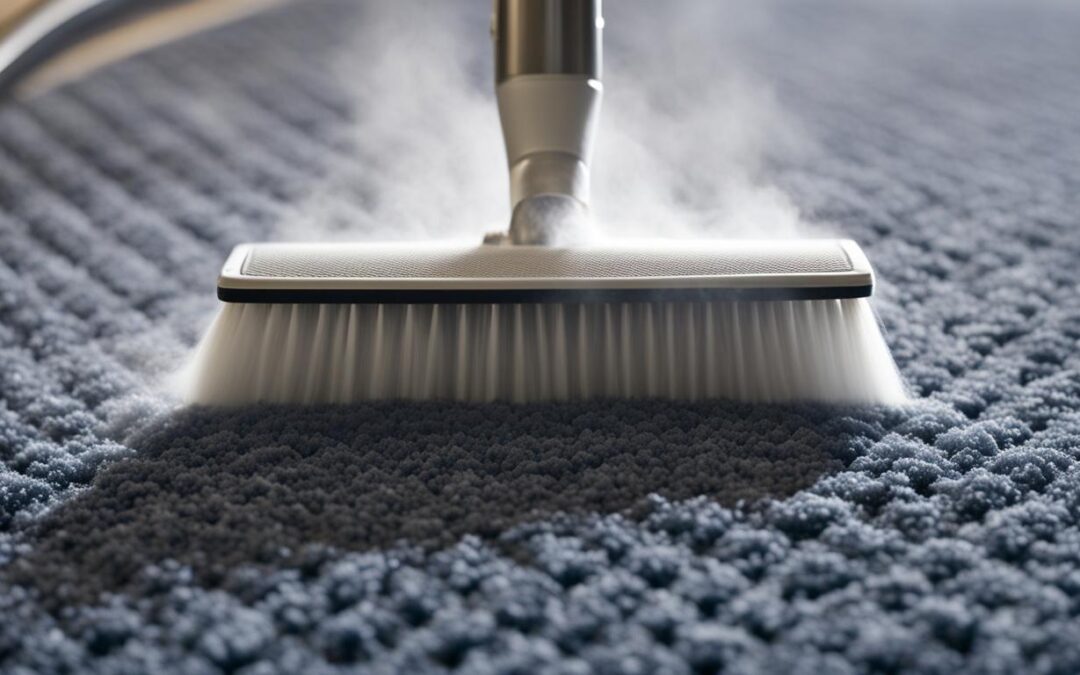Mold is a common household problem that can affect various surfaces, including carpets and walls. Homeowners and businesses often wonder, does mold spread from carpet to walls? Understanding the nature of mold and how it spreads is vital in preventing potential health hazards and maintaining the integrity of your property.
Mold can indeed spread from carpets to walls if not addressed promptly. Carpets, especially in damp or poorly ventilated areas, provide an ideal environment for mold growth. Once mold establishes itself on the carpet, it can easily spread to nearby surfaces, including walls, due to the spores it releases into the air.

What Causes Mold to Spread from Carpet to Walls?
The primary factor that facilitates the spread of mold from carpets to walls is moisture. Mold thrives in damp environments, and if there is any water damage or high humidity levels, it becomes much easier for mold to grow and spread. This can be exacerbated by poor ventilation and lack of sunlight.
Another contributing factor is the material of the walls. Porous materials, such as drywall, are more susceptible to mold growth as they can absorb moisture more easily compared to non-porous surfaces.
Signs of Mold on Carpet and Walls
Identifying mold early is crucial to prevent its spread. Common signs of mold on carpets include a musty smell, discolored patches, and dampness. On walls, mold may appear as black, green, or brown spots and may also be accompanied by a similar musty odor.
Health Risks Associated with Mold
Mold can pose serious health risks to individuals, especially those with allergies, asthma, or weakened immune systems. Common symptoms include sneezing, coughing, skin irritation, and respiratory issues. Prolonged exposure can lead to more severe health complications.
Preventing Mold Spread from Carpet to Walls
Prevention is always better than cure. Here are some effective strategies to prevent mold from spreading from carpets to walls:
Maintain Low Humidity Levels
Use dehumidifiers to keep indoor humidity levels below 60%. This makes the environment less conducive for mold growth.
Ensure Proper Ventilation
Keep rooms well-ventilated by opening windows regularly and using exhaust fans in areas prone to moisture, such as bathrooms and kitchens.
Regular Carpet Cleaning
Regularly clean and dry carpets to prevent mold growth. For tips on using hydrogen peroxide to clean mold from carpets, visit Hydrogen Peroxide Tips.
Choose Mold-Resistant Materials
Consider using mold-resistant carpet padding to reduce the risk of mold growth. For more information, check out Mold-Resistant Padding.
What to Do If Mold Has Already Spread
If mold has already spread from the carpet to the walls, it is essential to take immediate action. Here are some steps to consider:
Professional Mold Remediation
Hiring a professional mold remediation service is often the most effective way to ensure thorough mold removal. They have the expertise and equipment needed to safely remove mold and prevent future growth.
DIY Mold Removal Methods
If the mold growth is minimal, you might consider DIY methods. However, caution is advised. For safe DIY techniques, you can refer to Safe DIY Methods.

FAQs
How quickly can mold spread from carpet to walls?
Mold can spread rapidly, especially in optimal conditions with high moisture and poor ventilation. It can take just 24 to 48 hours for mold to begin spreading.
Can mold on walls affect the structure of a building?
Yes, prolonged mold exposure can compromise the structural integrity of walls, leading to weakening and potential damage over time.
Are there any natural ways to prevent mold growth?
Yes, natural methods such as using vinegar or essential oils can help deter mold growth. However, they may not be as effective in severe cases.
For more insights into preventing mold in various environments, you can visit Sisal Rugs Blog.
Understanding how mold spreads from carpet to walls is crucial for homeowners and businesses alike. By taking proactive measures and addressing mold promptly, you can protect your property and health from the adverse effects of mold.
This article contains affiliate links. We may earn a commission at no extra cost to you.


